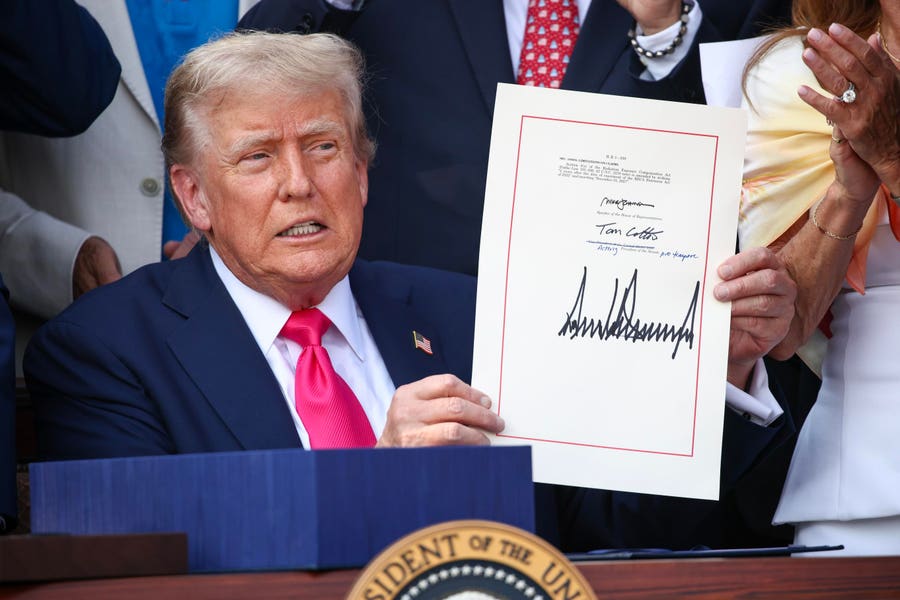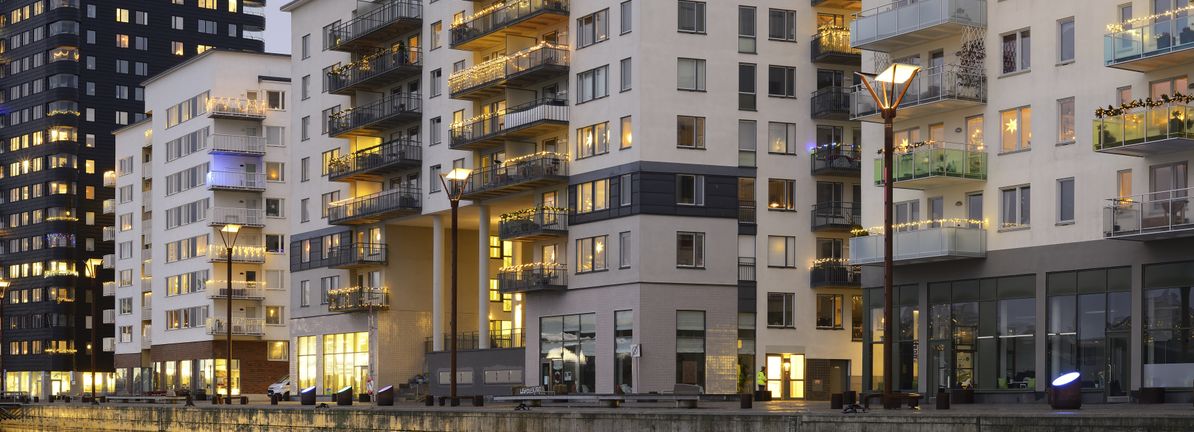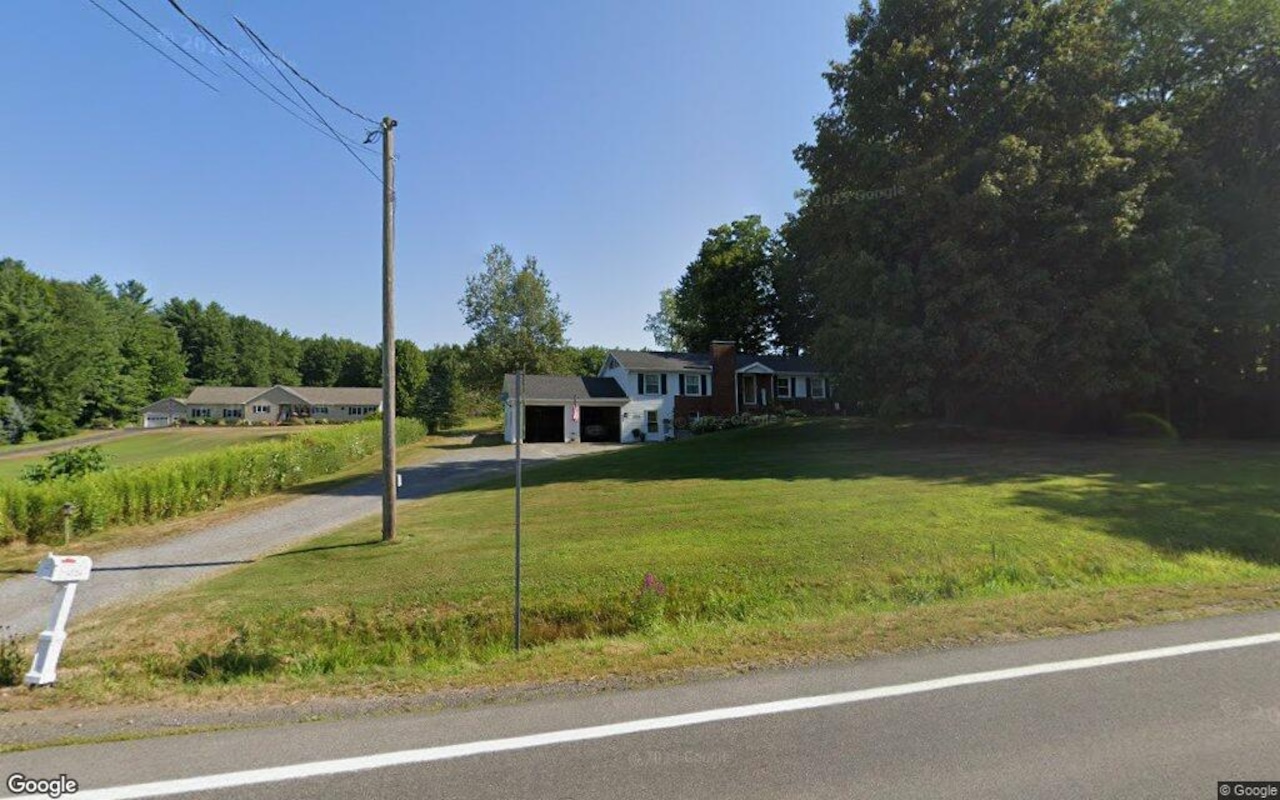T
he One, Big Beautiful Bill Act (OBBBA), signed into law by President Donald Trump on July 4, 2025, has sparked both praise and criticism. While some see it as a step backward due to concerns about ballooning deficits and Medicaid cuts, the commercial real estate industry views it as a game-changer.
The bill's provisions are expected to have significant implications for the entire market, with two sectors standing to benefit particularly: low-income multifamily housing and industrial development. The OBBBA includes a permanent 12% increase in the annual amount of Low-Income Housing Tax Credit (LIHTC) allocations, providing clarity and long-term stability for developers.
The LIHTC program is the nation's primary tool for creating affordable housing, but its previous approach created uncertainty for long-term project planning. The OBBBA also introduces a Fast-Track Permitting Fund, which allows developers to pay a fee to expedite federal environmental reviews under the National Environmental Policy Act. This fund should help reduce delays and bring much-needed units to market more quickly.
The introduction of rural opportunity zones is expected to direct capital into underserved areas, potentially spurring new industrial and multifamily developments in these regions. Investors who may have been hesitant due to the previous program's limited lifespan will likely re-evaluate Qualified Opportunity Zone projects, leading to new capital flowing into underserved communities and regions.
The OBBBA also includes massive incentives for domestic manufacturing, combining new tax incentives with the renewal of other programs to accelerate industrial development and attract capital back to U.S. soil. The bill introduces a temporary provision that allows for a 100% immediate deduction of the cost of Qualified Production Property (QPP), excluding offices, administrative areas, lodging, and parking within the building.
The ability to immediately deduct the cost of eligible manufacturing facilities provides a powerful tax incentive, stimulating the construction of new factories, assembly plants, and processing facilities across the U.S. The growth of manufacturing facilities should lead to increased demand for other logistics assets such as distribution centers and warehousing.
Additionally, the OBBBA permanently amends the calculation for business interest expense limitation to include depreciation and amortization, allowing real estate businesses to deduct a larger portion of their business interest expense. This change makes borrowing more attractive in a higher-interest-rate environment.
Overall, the OBBBA is expected to provide clarity and predictability to investors and developers, ultimately helping to address the affordable housing problem while promoting domestic manufacturing and industrial development.












